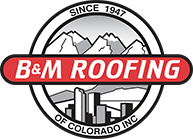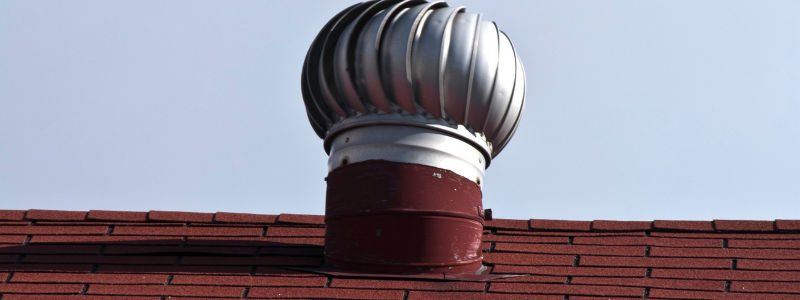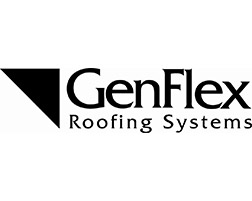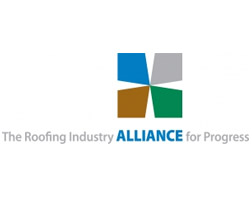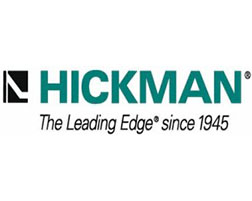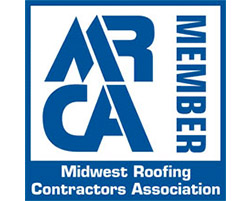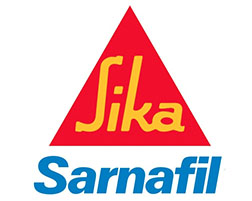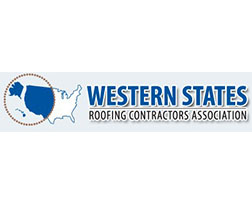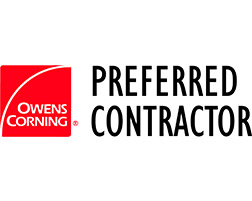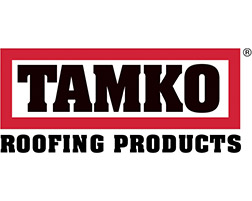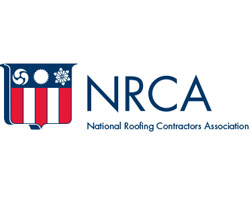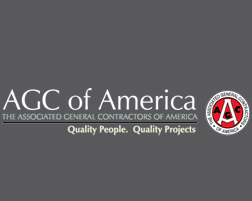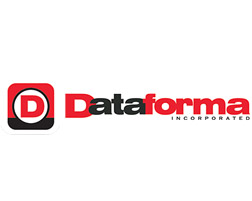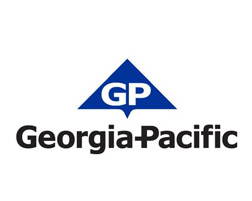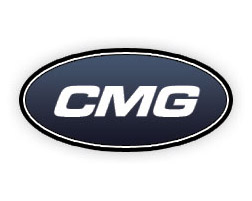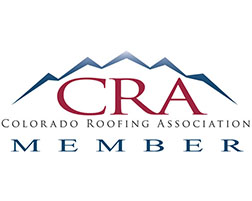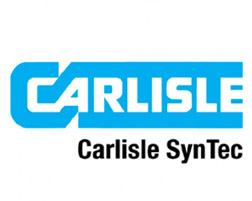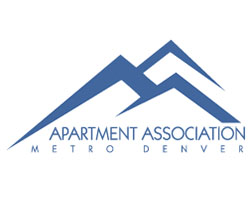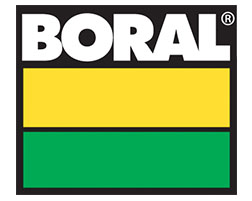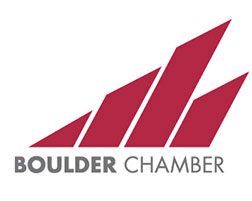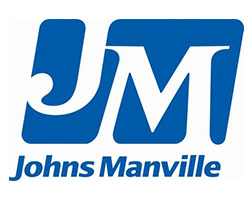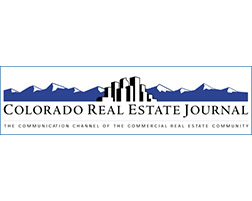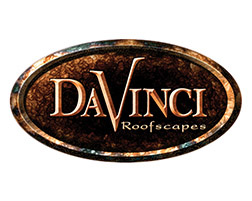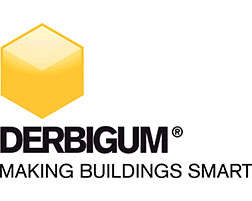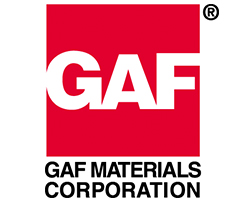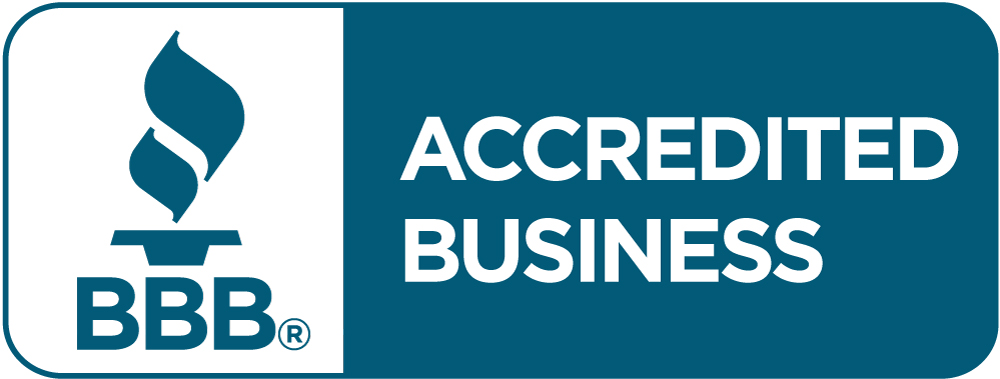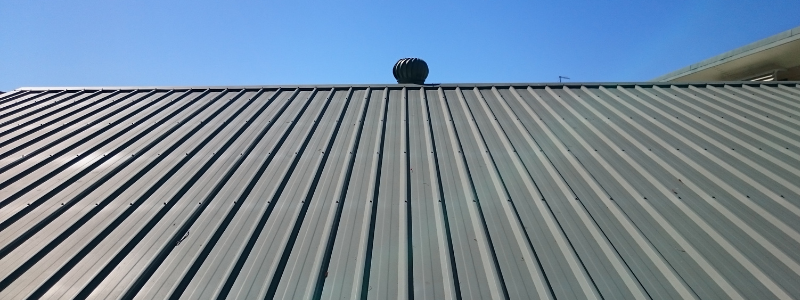
Colorado Roofing Codes
Just about every state, within the United States, has its own roofing codes. Colorado is no exception. A roofing code is very important, as it ensures that every roof built within a particular state possesses a series of very specific features that ensure the safety and welfare of those living and working in and around a particular building. Colorado roofing codes must be followed to ensure the safety and security of both a particular roof and the building that the roof is protecting.
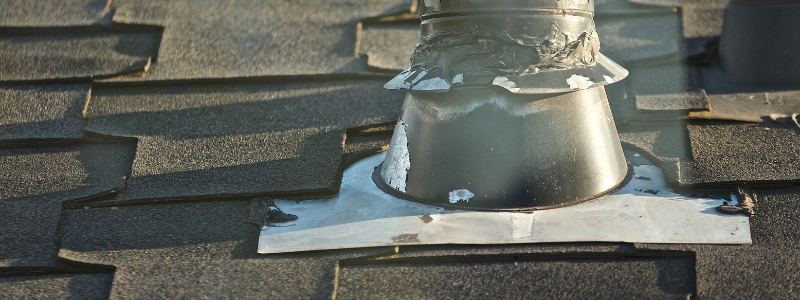
Roofing Permits
A roofing permit is a permit that allows for roof repairs and construction to take place. More often than not, to begin any particular roof-related task, acquiring a roofing permit is absolutely necessary.
By possessing a roofing permit, you can accomplish a number of roof-related tasks, such as repairing the entirety of your roof and installing a roof penetration. But, for certain, more specific tasks, a specialized permit may be necessary, depending on the scope of the work being conducted.
Even though a roof permit is almost always necessary, there are several cases in which you do not need a roof permit.
- Every building that is under 25,000 square-feet can have 10% of its total roof size repaired without a permit.
- A similar rule applies to buildings that are more than 25,000 square feet, but only 5% of the total roof size can be repaired.
- To go along with that, roof coatings, no matter the size of the roof, can be applied without a permit.
Asbestos
Roofs that contain asbestos, no matter the amount, must be inspected before being repaired or torn down. Every roof inspection related to asbestos must be conducted by an inspector that has been certified in Colorado. Because of this, even if you possess a certification that lets you perform asbestos inspections in another state, you are unable to do so legally until you receive a certification that is specific to Colorado.
Right before repairs, or tear down efforts can begin, the exact quantity of traceable asbestos must be noted. Depending on the quantity of asbestos within the roof, a General Abatement Contractor, who has been certified in Colorado, may need to be hired to tear down the roof and dispose of the asbestos that was found.
Attic Venting
Every new attic venting construction must be inspected. This inspection is necessary to ensure that the venting fulfills all roofing codes, while also being able to expel air from within the building in a manner that is safe. For re-roofing projects, however, as long as the current attic venting fulfills all roofing code requirements, an inspection is unnecessary.
Some attics lack venting features. For those attics, there must be air-impermeable insulation. The purpose of this insulation is to prevent cold moisture from accumulating on the roofing material that lies just above the attic. Due to Colorado’s frequent snow, rain, and cold weather, air-impermeable insulation is, for attics that lack ventilation, extremely important.
Roof Decking
Most of Colorado – and, in turn, most of the United States – allows roofs to possess only two layers of roofing. The main reason for this is that two layers of roofing can lead to strain on a roof, while also making repairs far more difficult. Both of these problems can easily lead to issues with stability and safety, which is why this particular roofing code exists.
For a new roof that is being constructed, only two roofing layers are allowed to be built. Every roof construction project must take this roofing code into consideration. For roofs that have already been constructed, though, roofs that possess more than two layers of roofing must be removed down to the decking. This, in turn, often means that the decking will need to be replaced, as well as the roof itself.
Roof boards that are over half-an-inch must not have any continuous openings between them. These openings, if they exist, must be filled up. Due to Colorado’s frequent bouts of intense rain and snow, these voids serve as massive vulnerabilities, since rain and snow can easily coalesce within those voids and damage the foundation of a roof or, depending on whether or not they flow through the roof, the entire building.
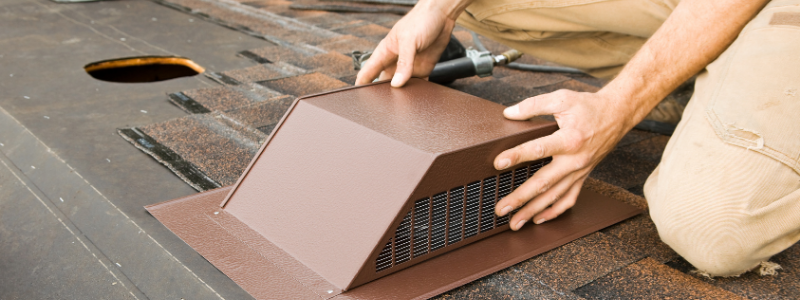
Roof Equipment
A roof repair – or the construction of a new roof, for that matter – will often require some intensive equipment. To ensure the safety of those working on the roof, there are several roofing codes that must be followed at all times.
Every piece of mechanical equipment must be installed on either curb bearings or leg bearings that are no more and no less than eight inches. Regardless of how the equipment is installed, it must be secured to the decking, to ensure that it remains stable and balanced. Placing this equipment on slip sheets or resonator pads is not allowed.
The decking that this equipment must be secured to must be watertight. More importantly, though, it must also be flashed to the roofing. Without these two elements, the equipment may be unstable, which can lead to serious safety risks.
Colorado roofing codes are vast and elaborate. But, despite all of this, they are exceptionally important and must be followed, to ensure your safety and the safety of others. Due to the complexity of these roofing codes, along with the necessity of following them properly, hiring a professional is often the right choice for roof repairs and roof construction.
Colorado roofing codes described in previous sections are only several of the many roofing codes that you must follow. All of these roofing codes are complex, but they are completely necessary for ensuring the safety and security of your roof.
Here at B&M Roofing, we are familiar with Colorado roofing codes, as well as the ways in which those roofing codes must be fulfilled. You can contact us today, and we will work with you on repairing/constructing a roof that not only meets all of your requirements but those of Colorado’s, as well.
